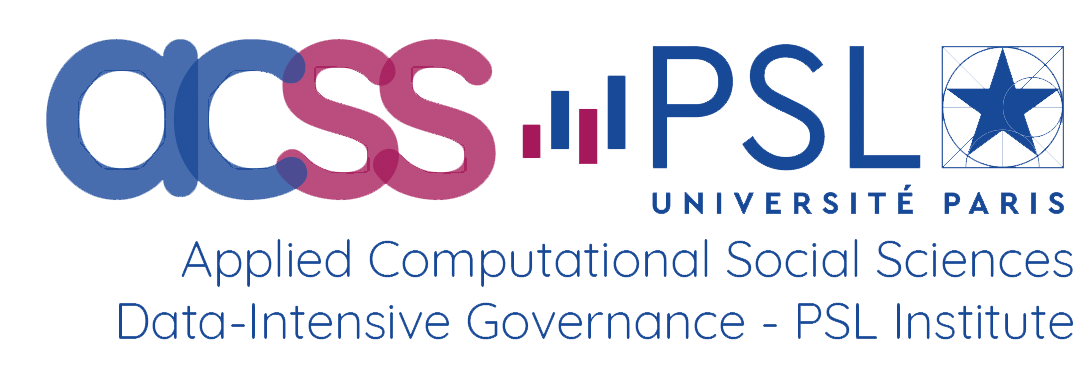
| Author(s) |
David ETTINGER Philippe JEHIEL |
| Publication type | Research Paper |
| Reference | Experimental Economics |
An experiment is designed to shed light on how deception works. The experiment involves a twenty period sender/receiver game in which period 5 has more weight than other periods. In each period, the informed sender communicates about the realized state, the receiver then reports a belief about the state before being informed whether the sender lied. Throughout the interaction, a receiver is matched with the same sender who is either malevolent with an objective opposed to the receiver or benevolent always telling the truth. The main findings are: (1) in several variants (differing in the weight of the key period and the share of benevolent senders), the deceptive tactic in which malevolent senders tell the truth up to the key period and then lie at the key period is used roughly 25% of the time, (2) the deceptive tactic brings higher expected payoff than other observed strategies, and (3) a majority of receivers do not show cautiousness at the key period when no lie was made before. These observations do not match the predictions of the Sequential Equilibrium and can be organized using the analogy-based sequential equilibrium (ABSE) in which three quarters of subjects reason coarsely.


























